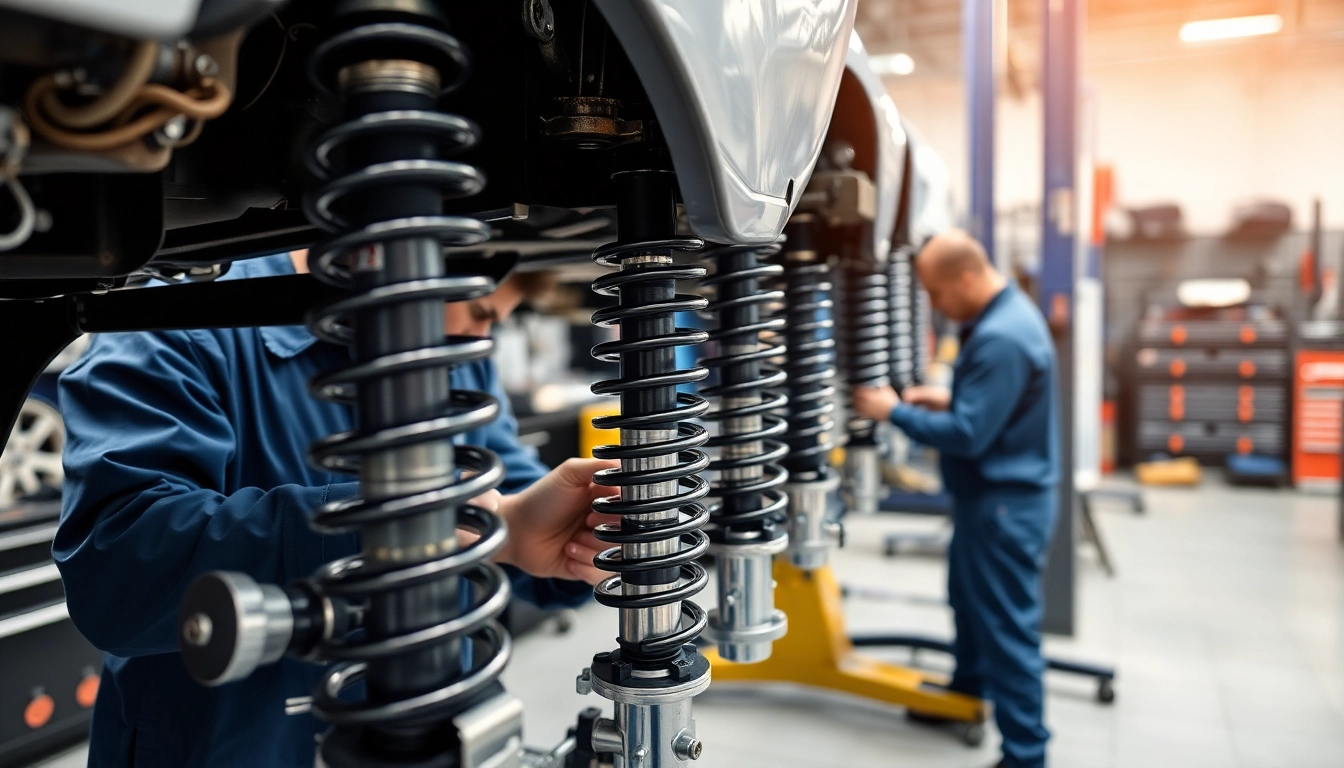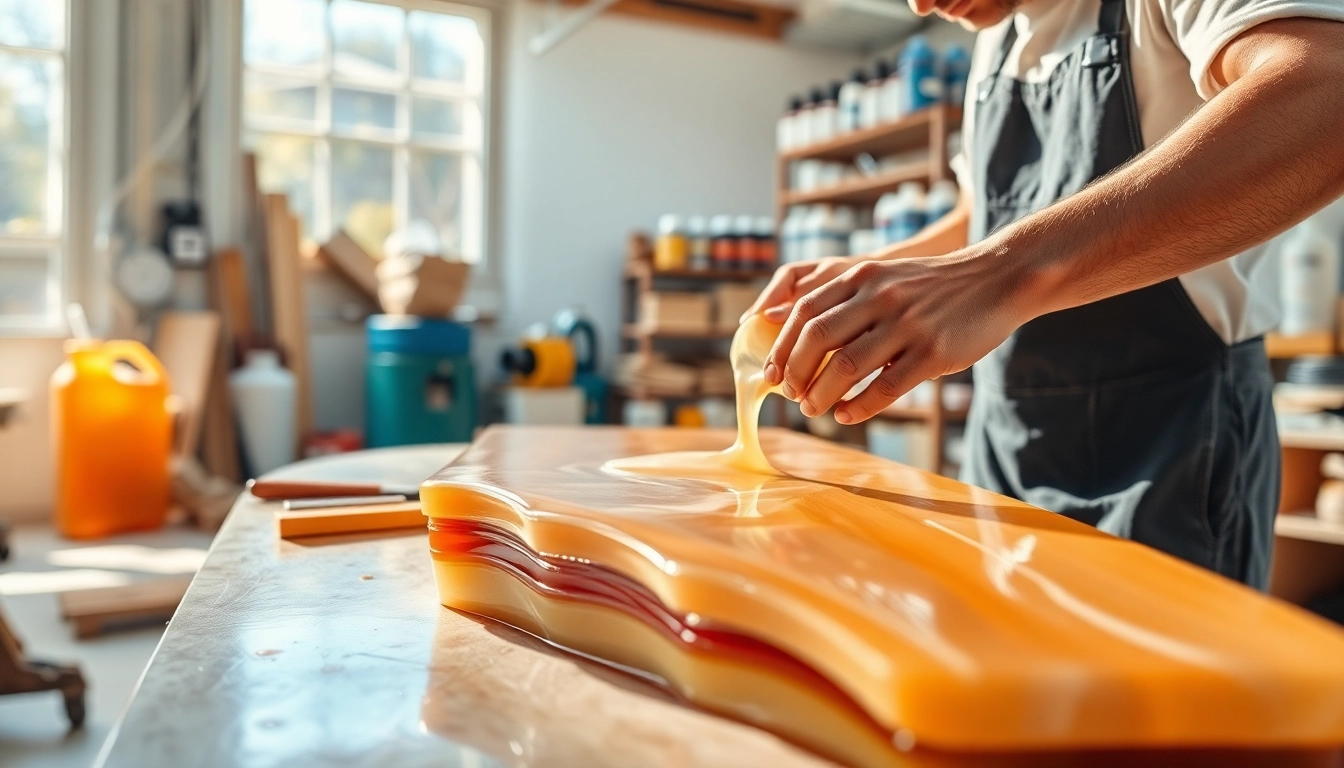
What is Part Exchange?
Definition and Overview of Part Exchange
Part exchange is a transaction process where an individual trades in an existing item, often a car, to offset the cost of a new purchase. Essentially, part exchange represents a type of deal where customers can use the value of their old item as part of their payment for a new product. This practice is prevalent in various industries, including automotive, real estate, and electronics. In the context of vehicles, a customer can use their old car as a down payment on a new vehicle, thereby simplifying the transition from one vehicle to another.
The Part Exchange model streamlines the buying and selling process, allowing for an efficient, hassle-free transaction. Rather than attempting to sell an old vehicle privately, which can involve extensive negotiation and fluctuating market values, part exchange provides a straightforward solution with predetermined values set by the dealership.
Comparison Between Part Exchange and Traditional Selling
Understanding the differences between part exchange and traditional selling methods can help individuals make informed decisions regarding their vehicle transactions. In traditional selling, a seller lists their car for sale, engages with potential buyers, negotiates prices, and ultimately transfers ownership. While this route can yield a higher sale price in certain situations, it often requires significant time, effort, and management of various logistical issues.
In contrast, part exchange provides a more streamlined alternative. The dealership or retailer offers an immediate valuation based on the car’s condition, market trends, and demand. This offers a clear advantage in terms of speed and convenience, as sellers can directly offset their old vehicle’s value against a new one, eliminating the need for extended negotiations or uncertainties over pricing.
Common Scenarios for Part Exchange
Part exchange is often utilized in several scenarios, primarily in the automotive industry. Here are a few common scenarios:
- Upgrading a Vehicle: Many individuals choose part exchange when upgrading to a newer vehicle model. By using their current car’s value, they can significantly reduce the down payment required for the new vehicle.
- Switching Vehicle Types: Whether moving from a car to an SUV or a sedan to a hatchback, part exchange allows individuals to swiftly transition between vehicle types while harnessing the value of their previous car.
- Financial Need: Individuals facing financial constraints may opt for part exchange to lower the financial burden of acquiring a new vehicle, leveraging equity in their current car to manage payments better.
How Does Part Exchange Work?
Step-by-Step Process of Car Part Exchange
The part exchange process is generally straightforward. Here’s a step-by-step breakdown:
- Select a Dealership: Start by choosing a reputable dealership that offers part exchange services.
- Vehicle Inspection: The dealership inspects your car, assessing its condition, mileage, and overall market value.
- Valuation Offer: After inspection, the dealer provides a valuation based on their appraisal and local market trends.
- Negotiation: While the proposed offer may be firm, there may still be room for negotiation based on the condition of your car and market demand.
- Transaction Completion: Upon agreement, the dealer deducts the trade-in value from the price of the new vehicle you wish to purchase, completing the deal.
Documents and Information Needed for Successful Exchange
Having the right documentation ready can expedite the part exchange process. Essential documents include:
- Vehicle Title: Proof of ownership demonstrating that you have the legal right to sell the vehicle.
- Service History: Records detailing past maintenance and repairs, which can enhance the perceived value of the car.
- Identification: A government-issued photo ID to verify your identity.
Additional documents such as a loan payoff statement (if financed) or warranty details may also be required, depending on the dealership’s policies and the specifics of your vehicle situation.
Role of Dealerships in the Part Exchange Process
Dealerships play a pivotal role in the part exchange process, acting as intermediaries between the seller and potential vehicle purchasers. Their expertise in assessing vehicle value, understanding market trends, and managing customer relationships is crucial for a smooth transaction. Dealerships established in the area typically have the best insight into local demand, pricing strategies, and reliable valuation methods. This can result in fair trade-in offers, enabling sellers to walk away feeling confident in their transaction and purchase.
Benefits of Choosing Part Exchange
Financial Advantages of Part Exchange
One of the most significant benefits of part exchange is its financial value. By trading in their existing vehicle, customers can apply its equity toward the purchase of a new vehicle, reducing the financial burden associated with obtaining a new vehicle. Additionally, this can minimize potential depreciation worries, as the dealer takes on the risk of reselling the used car, ensuring that buyers can focus on their new purchase instead of worrying about the resale process.
Convenience Factors in the Part Exchange Process
Part exchange offers remarkable convenience. The entire process is usually more efficient than traditional sales, allowing customers to save time and eliminate the stress associated with private sales, such as conducting viewings, managing negotiations, or dealing with buyers. Furthermore, many dealerships provide quick and straightforward transactions, which can be particularly appealing for those who may be pressed for time.
Minimizing Hassle Through Part Exchange
Not only does part exchange alleviate the burden of selling a vehicle privately, but it also minimizes additional worries regarding repairs, detailing, and advertisements. Customers can often complete the sale of their previous car and the purchase of a new one in one location, ensuring a seamless transition with less hassle. This reduction in logistical efforts is a significant draw for many individuals seeking a new vehicle.
Factors to Consider Before Opting for Part Exchange
Evaluating Your Current Vehicle’s Value
Before engaging in a part exchange, it’s advisable to assess the value of your current vehicle accurately. Researching similar vehicles in your area, using online valuation tools, or consulting with trusted mechanics can provide valuable insights into your car’s worth. Understanding this value can help you not only evaluate the offers presented by dealerships but also give you the leverage needed during negotiations.
Understanding Market Trends and Dealer Offers
The automotive market is subject to fluctuations, influenced by factors such as demand levels, economic conditions, and seasonal changes. Keeping abreast of these trends can enhance your negotiating power. For instance, certain vehicle types may see increased demand during specific seasons, affecting trade-in values. Monitoring market data can help you select the best time to pursue a part exchange, ensuring you receive a fair offer.
Alternatives to Part Exchange: What You Should Know
While part exchange is convenient, it’s important to explore alternative options. Selling your vehicle privately may yield a higher price, especially if the car is in excellent condition and you have the time to conduct the sale. Additionally, options such as consignment sales or third-party services can provide other avenues to explore. Each option has its pros and cons, so weighing them against your personal circumstances is crucial before deciding between part exchange and other methods.
Tips for Maximizing Your Part Exchange Value
Preparing Your Vehicle for the Best Offer
To secure a favorable trade-in value, preparation of your vehicle is essential. Steps may include:
- Cleaning: A thorough cleaning (both inside and out) makes your vehicle more appealing. First impressions count, and a tidy car can yield a better offer.
- Maintenance: Ensure that routine maintenance is up to date; replacing any essential parts or addressing minor repairs can substantiate a higher valuation.
- Documentation: Gather and present all relevant documents, including service records and ownership proof, to show that the vehicle has been well cared for.
Negotiation Strategies with Dealerships
When negotiating with dealerships, having knowledge of your vehicle’s worth can empower you to advocate for a better trade-in price. Consider the following strategies:
- Research: Should include similar vehicle listings and recent sale prices in your area to support your proposal.
- Be Confident: Approach negotiations with assurance, utilizing your research to back your claims without the fear of being pressured into accepting a low offer.
- Consider Timing: Engaging with dealerships at the right time can make a substantial difference in the offers presented. For instance, approaching a dealer at the start of a new fiscal quarter could yield better outcomes, as sales teams seek to meet targets.
Timing Your Exchange for Optimal Returns
Timing can significantly impact the value of your part exchange. Vehicles often depreciate rapidly within the first few years, making early exchanges favorable for maintaining reasonable value. Keeping track of seasonal sales strategies, dealership promotions, and economic indicators will allow you to select the opportune moment for your transaction. Additionally, if new models are set to arrive, dealerships may offer attractive trade-in incentives to clear out inventory.






